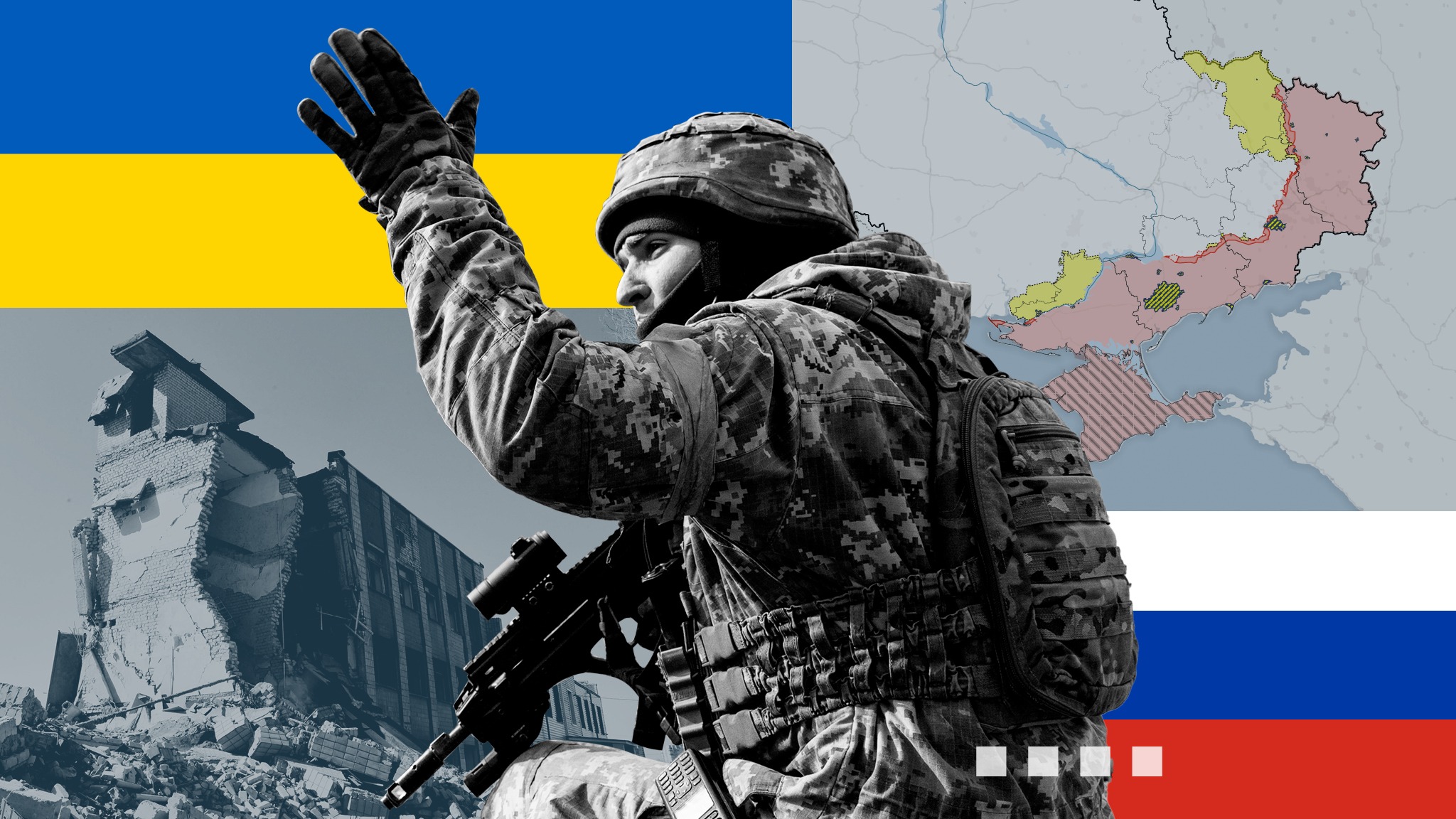
A Shift in Ukrainian Strategy
George Friedman
Ukrainian President Volodymyr Zelenskyy announced over the weekend that he replaced his defense minister with someone new – unsurprising, given the exhaustion the minister must have endured since the Russian invasion (and even before). Even so, the move is less about the concern Zelenskyy felt for his defense minister and more about the fact Ukraine has reached a critical stage in the war.
It is so critical, in fact, that a group of senior U.S. generals met with Ukrainian generals on the border with Poland. The meeting was held there to validate the claim that U.S. forces are not involved in Ukraine proper, which is both true and false. U.S. forces are not in Ukraine, but logistical support and strategic advice have been generous. Coupled with the defense minister’s replacement, the message the U.S. delivered was that Ukrainian strategy was going to fail, and a new strategy had to be adopted. Clearly, Zelenskyy listened.
Ukraine’s strategy has been brilliant, especially in the early stages of the war. Rather than attempting to block Russian advances with concentrated forces that Russia could destroy relatively easily, Ukraine distributed its force into small units, each granted a high degree of freedom. The point was to focus on the tactical level rather than create a single, integrated and centrally commanded force. It doomed Russia’s initial invasion. A massed force engaged and slowly attritted by much smaller forces made it impossible for Russia to destroy the Ukrainian army as quickly as it intended. The army’s knowledge and familiarity with the terrain it was fighting on enabled small teams to locate and engage Russian forces and then disappear like phantoms.
The hope was that a discouraged Moscow would simply reconsider its campaign. That didn’t happen; the Russian army instead spent a year trying to capture cities rather than destroying the Ukrainian army. Uncertain as the strategy was, it played to Russia’s strengths in massed forces and artillery. It had the added benefit of, in theory, destroying Ukrainian morale. But given the way the Wagner Group carried the campaign out, the subjugation of the cities took too long, and whatever psychological effects were possible quickly dissipated.
With Wagner now sidelined, the Russian General Staff is now in control, and it has devised a particularly sound, if unimaginative, strategy. In reverting to its earlier strategy, Russia is massing forces in order to force the Ukrainian army to fight and, in theory, lose. Moscow now knows the extent to which Ukraine will fight, and it understands the essence of Ukrainian strategy. The possibilities of a Russian victory are therefore higher, to some extent.
U.S. generals believed they could see things more clearly. To them, the time for diffused defense against massed Russian forces is over. The Ukrainian army is now blooded, equipped and experienced with weapons that are appropriate for the next phase of the war. The U.S. evidently thinks that if Ukraine does not change its strategy, it will be defeated. Washington is arguing for massing forces into one or two powerful thrusts to serve as an effective force. Given that it has access to artillery, drones and excellent intelligence, plus a battle-hardened force, the time has come to break the Russian offensive, drive through any gaps and threaten Russian logistics.
There seems to be a small but obvious element of desperation in this move. Ukraine is not beaten, and though both sides are tired, one is defending its homeland and that may give it an advantage.
No idea what the tone of the meeting on the border was. It’s hard to believe, but Americans don’t always resist others. More likely, they didn’t need to be briefed to know how to behave. In any case, with minimal knowledge of the situation on the ground, I think that a shift in the approach to the battle is needed. And I would guess the new defense minister does too.




No comments:
Post a Comment
Note: Only a member of this blog may post a comment.